Physics
Fox
Summary
- A battery (or cell) has a + (plus) terminal and a - (minus) terminal.

- A complete circuit has a path from the + to - terminal of the battery.

- An incomplete circuit has no path from the + to - terminal of the battery
- Current cannot flow through an incomplete circuit. Current can only flow in a complete circuit.
- Conventional current flows from the + to the - terminal of the battery. (Although electrons actually flow from - to +!)


Imagine some pipes running water around a house. (A thrilling situation I know, but hear me out.) On the left side of the house, a pump pushes water up to the roof. The water then travels to the right, and is pulled back down by gravity.

Because it took energy for the pump to get the water to the roof, then energy will be released when the water comes back down. This energy is used to power a waterwheel. The water then travels back to the left, and the cycle begins again.
Let's call this cycle a water circuit. (The word ‘circuit’ just means ‘a loop’, like a Formula 1 racing circuit.)
Here's the important bit: we can create an electrical circuit that works in exactly the same way as the water circuit! Instead of water travelling through pipes, we have electrons travelling along wires.

The electrons are pumped up to a higher energy by a battery. The electrons then move along the wire to the right, and the electrical energy is then used to power a light bulb. The electrons then travel back to the left, and the cycle begins again.
Electrical circuits can power more things than just light bulbs: they can also power motors, heaters, clocks, computer processors, and much more. That's why electricity is so useful!
On a battery, the side with a long line is called the + (plus) terminal, and the side with a short line is the - (minus) terminal.

Here's a way to remember which is which: + is a bigger symbol than -, so the bigger line indicates the + terminal.
Current always flows from + to - of the battery.

Let's imagine the water circuit again. What would happen if the pipe were sealed off in the middle?

Nothing would happen! No current can flow if there's a gap in the pipe.
Similarly, the current cannot flow in an electrical circuit if there is a gap in the wire.

This is why electricity can't just flow one way into a bulb!
When there is a gap in the circuit, it is called an incomplete circuit.
When there is no gap in the circuit, it is called an complete circuit.

The more technical definition: A complete circuit has a path from the + to - terminal of the battery. An incomplete circuit does not.
As we've already seen, current can flow in a complete circuit, but it cannot flow in an incomplete circuit.
Whenever I have mentioned ‘current’ on this page, technically I meant the conventional current; it's the conventional current that goes from the + to - of the battery.
The actual flow of the electrons goes from - to + (this is because of the electric force; electrons are repelled from - and attracted to +).

When drawing circuits, everyone uses conventional current direction instead of the actual electron direction (that's what makes it conventional), so that's what we'll be doing too. Yeah, it's a bit annoying but w h a t c a n y o u d o .
So for there to be current, a circuit needs to be a complete loop.
This means that for any wire that goes into an electrical component (e.g. a light bulb), there also needs to be a wire that comes out of it.

But wait a second — whenever you plug something in, doesn't it only use one wire? Have I been telling lies this whole time?

Afraid not. The truth is, this isn't actually a wire — it's two wires! The wires are twisted together, and then covered in a rubber sheath, which is why it only looks like one. When you have multiple wires bound together like this, it is called a cable.

Many cables actually have more than 2 wires in them. The extra wires are used for transferring data (e.g. in a USB cable), or to connect an appliance to ground (for safety reasons, e.g. in an electric iron).
Congratulations!
9 of 9 questions completed
+ ⭐️ collected.
Sign up (for free!) to:
• save your progress 📊
• create constellations✨
• customise your fox! 🦊







